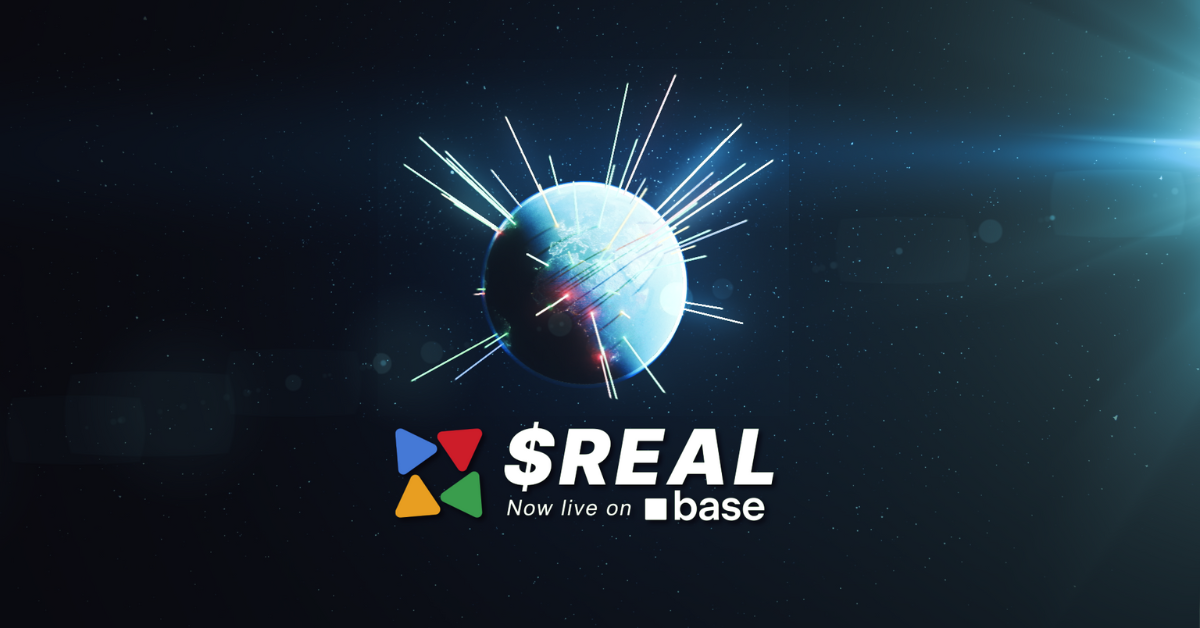Regulation vs. innovation: Finding balance
Navigating the regulatory landscape involves striking a delicate balance between compliance and innovation. Regulations indeed place constraints on DeFi projects, dictating what can and cannot be done within a legal framework. Overregulation risks the adverse consequences of driving away projects that try to build an innovative product, reflecting the same outcome as having an inadequate regulatory framework.
Benefits of a regulated jurisdiction
But this limitation is not without its merits, as it allows for the development of products that are more easily understood and accepted by a regulated audience. That is because rules bring a certain standardisation and quality to a product. A comprehensive framework streamlines the landscape in which all actors operate, creating a predetermined level of trust between the providers and the market beyond.
Challenges for start-ups and smaller entities
However, stringent rules can also inhibit the breadth of experimentation and innovation, especially among startups and smaller entities facing high entry barriers due to regulatory costs. New entrants to the DeFi space, especially startups, often do not have the means to gear themselves up with a large team of experts and legal counsel well-versed in the field. Navigating a complex space without proper regulations in place and substantial financial capabilities creates more barriers to entry. Despite the challenges, start-ups and even large traditional entities who are experimenting with the technology and the space can be assured that some regions have facilitated regulatory sandboxes to boost experimentation. Regulatory sandboxes are controlled environments created by regulatory authorities to allow innovative companies to test new products, services, or business models in the financial or technological sectors under relaxed regulatory requirements. These sandboxes provide a space where companies can experiment with innovative ideas, in this case, digital asset tokenisation or DeFi technology, without being subject to the full extent of regulatory compliance that would normally apply.
Innovation within regulatory approaches: A critical need
To foster innovation within a regulated framework, discussions around regulatory sandboxes and other flexible arrangements have gained momentum. Such initiatives aim to lower the barriers to entry for experimental projects by reducing the need for extensive compliance departments. More regulatory structures will increasingly be put in place as central governance structures start to value the monumental role of DeFi technology. Hence, the goal is to strike a balance where innovation can thrive alongside regulation. On one hand, avoiding the extremes of overregulation that may drive projects offshore or on the other, inadequate regulation failing to protect participants.
Engagement and dialogue: shaping the future of DeFi
Continuous dialogue between regulators and the DeFi community is crucial for shaping a regulatory environment that supports innovation. By discussing new technologies and innovations, the industry can avoid surprises and conflicts, ensuring a smooth integration of DeFi into the broader financial system. Furthermore, jurisdictions that have yet to conclude on a sound regulatory framework need to speed up decision-making as the progress of the European MiCA legislation will attract entities who are ready to be in the game. There are still digital assets such as NFTs, that have yet to be incorporated under any regulatory framework, and that needs to be addressed. Thus, beyond local jurisdictions, there is still much to consider in terms of global cooperation in managing digital assets to encourage global adoption.
This article was inspired by Defactor Podcast episode 5






